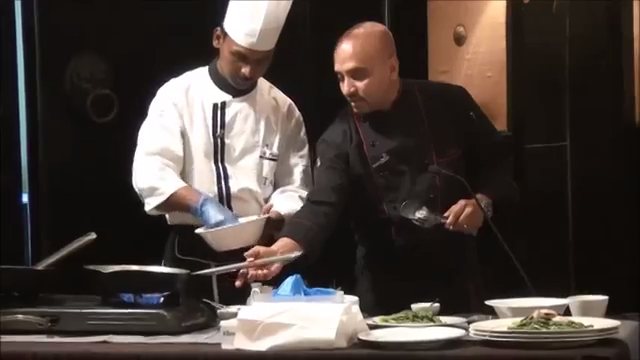
The very word Aphrodisiac gently rolls between our tongues conjuring up seductive images from the classical pantheon of desire. Food perhaps was and is humanity’s first desire with Adam and Eve taking that forbidden bite. Who knew the apple could be such an aphrodisiac? Ever since then men and women have sought out other such tantalizing love potions. In this quest for love and passion Chefs and Alchemist have churned out a million recipes for lovemaking.
Throughout the history of civilizations aphrodisiacs have been sought out not only by Kings and Generals or Politicians and Shamans, but by everyday people who wanted to inject that little bit of excitement into their mundane lives.
The Aztecs considered the Avocado to be an aphrodisiac, while Oysters were known as the food of lust since antiquity. Indians still keep a glass of almond milk by the bridal bed and the 17th century British herbalist Nicholas Culpepper, wrote that asparagus “stirs up lust in man and woman.” In 19th century France, bridegrooms were served three asparagus courses during their prenuptial dinners.
To learn the science behind Aphrodisiacs and why they have captured the popular imagination since the classical times watch the session on Food and Desire by Prabeen Singh at the Usha presents Mountain Echoes 2014. Her exciting discussion is followed by a cooking demonstration of a delicious Bhutanese aphrodisiac. “If aphrodisiacs be the food of love, play on” we say.
Add new comment